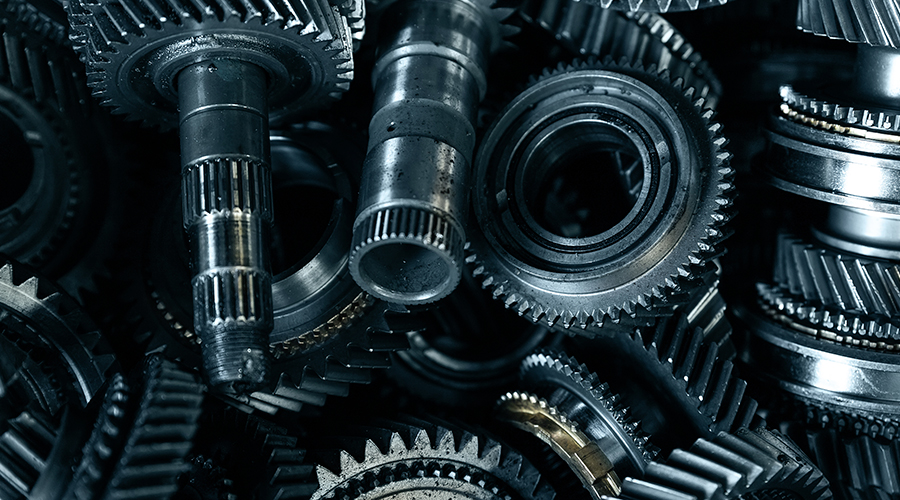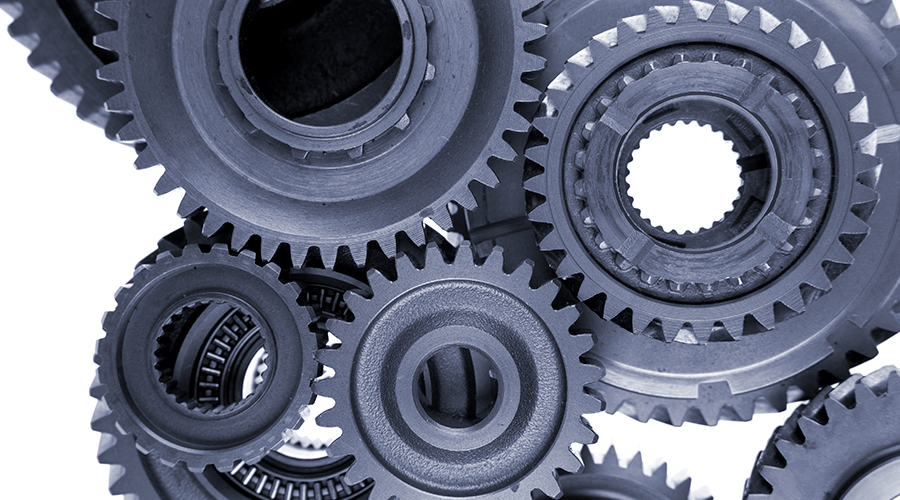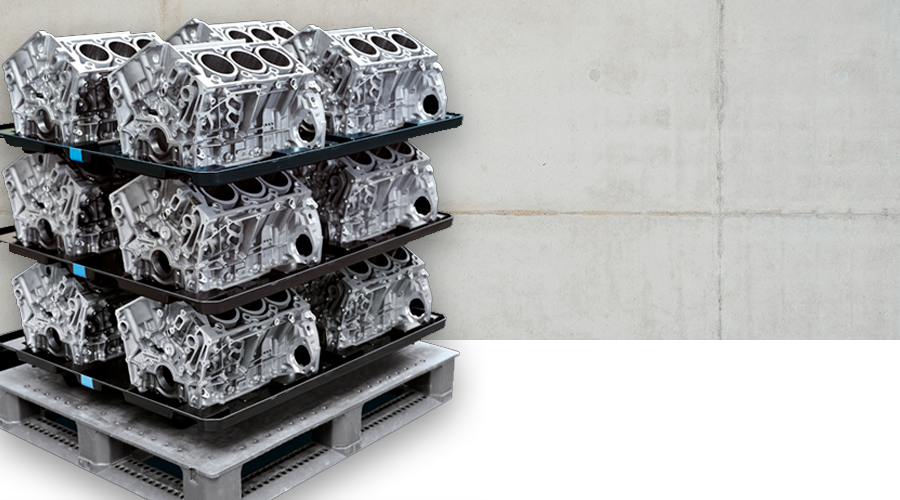Bin Picking
Bin
Picking
When it comes to restacking components, we rely on robot-assisted automation solutions. Intelligent automation using state-of-the-art 3D camera technology takes over tedious manual work.
When it comes to restacking components, we rely on robotic automation solutions. Intelligent automation using state-of-the-art 3D camera technology takes over tedious manual work.
What about
Bin Picking ?!
Bin picking is the robot-based separation of chaotic components. We at PROWIN A+W already go one step further here and see the process of bin picking already in a further stage of development. This goes beyond the application of chaotically sorted parts.
Bulk material
The classic application, the components are delivered to an unloading point in packaging containers. The sizes of the containers range from KLT containers to large load carriers. The components themselves are detected by a 3D application, which is usually stationary above the container or attached directly to the robot. There are different 3D systems for different components. We select the optimal application specifically for your components. During the application, we aim for the highest possible degree of emptying.


Sliced, Straightened, Nested…
A further variation is that components in the containers are layered and/or aligned. This task sounds easy, but in practice it can be more complex to handle than bulk material. The components in the box must first be lifted before they can be removed from the box. If the components are also nested, the software must be able to recognize which parts must be removed first in order to be able to remove the components underneath. The particular challenge here lies in the targeted emptying of the containers.
Sliced, Straightened, Nested…
A further variation is that components in the containers are layered and/or aligned. This task sounds easy, but in practice it can be more complex to handle than bulk material. The components in the box must first be lifted before they can be removed from the box. If the components are also nested, the software must be able to recognize which parts must be removed first in order to be able to remove the components underneath. The particular challenge here lies in the targeted emptying of the containers.

Container with intermediate layers
The top class among the bin picking activities: the high-gloss components come neatly straightened with intermediate layers. The layers may also be lined with anti-corrosion paper and the container itself with foil or a foil bag. In addition, there is a risk of incorrect parts in a layer. We have identified all the problems here and developed a tailor-made solution. In the case of simple bulk goods, the degree of emptying of the container plays a subordinate role, but this is not possible in the case of intermediate layers, where an empty inspection must be carried out in every layer. Standard bin picking applications, however, are designed to recognize and compare taught-in patterns and models. If there is an undefined part in a layer, this is not detected and the robot would try to remove the layer pad, which can lead to damage to the system or to parts being ejected. We have therefore developed a sophisticated solution that performs this empty check and only removes layer pads when they are 100% empty.
